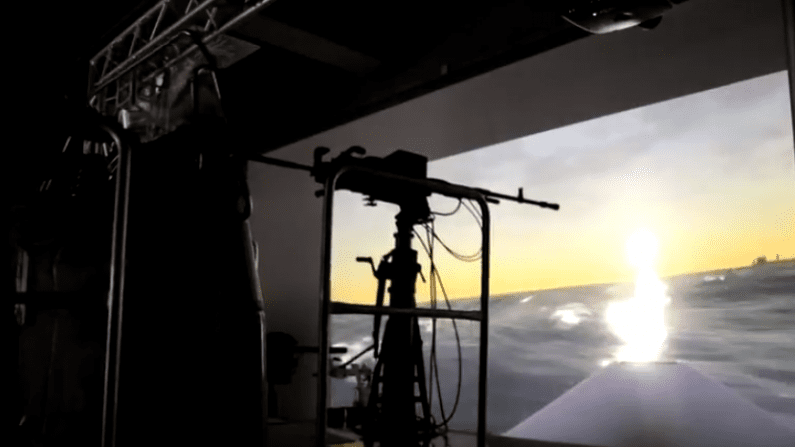Technology
Five Potential Bidders in the Polish Tactical Battlefield Simulators Tender

Five bidders have submitted their requests to participate in the tactical battlefield simulation systems tendering procedure, conducted by the Polish military, major Krzysztof Płatek, spokesman for the Armament Inspectorate told us. This is yet another attempt to acquire systems as such, following cancellation of a similar tender conducted last year.
The former tender, concerning the tactical battlefield simulation systems, had been going on for four years (since 2015), with resolution happening last year, in July. However, as we reported, National Chamber of Appeal took at least one appeal filed in into the account in early August.
On 26th August last year a new procurement announcement was publicized. The procurement concerns delivery of battlefield simulation systems, namely: a single complex battalion-level training system (KSSPW); four LSS laser shooting simulator sets for the battlefield simulator system operated by the armoured and mechanized elements, along with five tactical battlefield simulators for the armoured and mechanized units (STWPW).
The current procurement has been divided into two sections. One covers the KSSSPW and LSS products while the other pertains to the STWPW system. Introduction of both systems should create a qualitative change in the training of the Land Forces, also allowing for an extended scope of use of the simulation systems.
Through the use of the IT hardware the STWPW systems would be employed to organize and execute exercises, training, tactical planning, all with regards to the modern battlefield. Meanwhile, KSSPW and LSS systems would be installed on selected platforms and weapons. They would make it possible to practically verify the action plan over the course of the tactical field training, up too the battalion level.
The KSSPW and LSS hardware shall make it possible to practically verify, in realistic weather and terrain conditions, the planned tactical training operations, up to the battalion level.
Secondly, the systems shall enable the users to perfect their combat and engagement related skills, and simulate the fact that given target was (or was not) hit. Finally the systems should also provide an option of assessing the recorded hits. The individual systems are to be equipped with software that contains a tool, which would support the staff in training (command, team), in the decision making process, and in assessment of the training conducted.
The systems are expected to include laser sensors and emitters, mounted on the trained soldiers and the armament replicas, along with devices and software enabling the course participants to communicate and software cooperate. There should also be an option of archiving, recording and visualizing the realized training procedures.
According to the information we have received from the Armament Inspectorate, the new procurement procedure is going to involve five entities that have placed their requests to participate until 16th December, meeting the arranged deadline:
- Saab AB – for the “LSS” (Laser Shooting Simulators) portion of the tender: KSSPW i LSS;
- Bagira Systems Ltd. – in case of the latter part of the order, pertaining to the “Tactical battlefield simulator for the armoured and mechanized units [STWPW]”;
- Rheinmetall Electronics GmbH (for both portions of the order);
- Consortium formed by: Cubic Defense Applications Inc. (leader), along with
Unitronex Poland Sp. z o.o. (for both portions of the tender); - Consortium formed by: Thales Polska Sp. z o.o. (leader) along with
- Thales AVS France SAS and RUAG Defence FRANCE (for both portions of the tender).
All entities placing their requests are experienced in the field of simulators. The Bagira Systems company from Israel is a new player here. It did not submit its request in the former procedure, currently running for the second portion of the order.
The next step would see the Inspectorate assess the requests. The assessment is going to become a foundation for selection of the potential contractor. The entities invited will receive detailed terms of reference, and only after that happens the exact scope of the order will be known. We currently know that 80% of the assessment will depend on price, and 20% on the guarantee term exceeding the minimums assumed.
